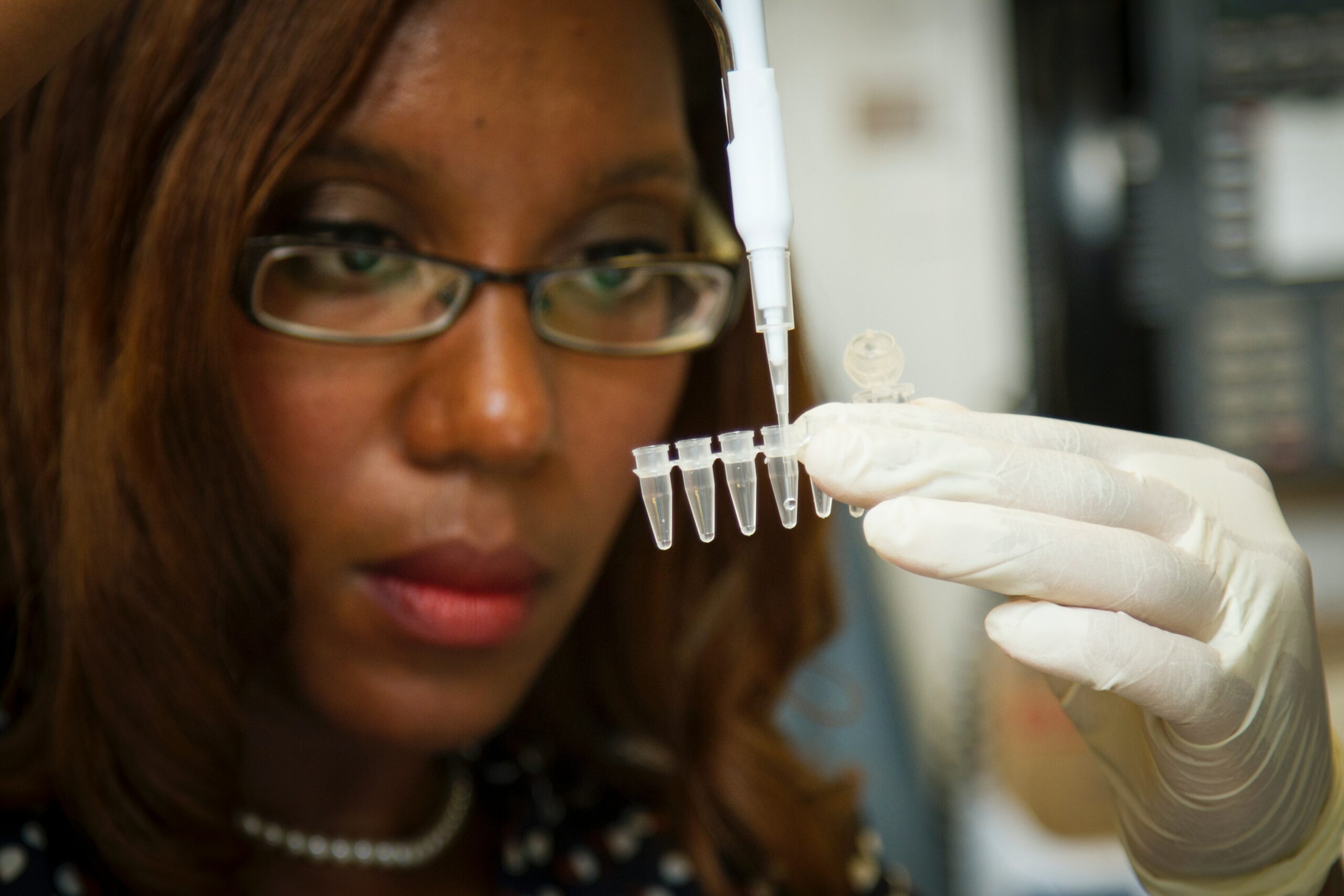The outbreak of the COVID-19 pandemic has forced us to divide matters into essential and non-essential. Lockdown measures explicitly required citizens to legitimize their activities as such. However, the duration of this public health crisis is unknown to us, and it is not clear if this will be a sustainable approach. Months later, non-essential matters may still be unresolved, and the burden of this pandemic could be greater than we understand.
Looking at the impact of COVID-19 on public health, some of the most mentioned aspects concern the impact on mental health, intimate partner violence, and chronic illness. But what we also see is an unprecedented effect on preventative healthcare, where several alarms have been raised by institutions such as the CDC (the national public health institute in the United States) and the Epic Health Research Network.
Chart displaying the percentual changes of screening habits per week as compared to the same period in 2017, in the US. Source: TIME magazine, Emily Barone
These alarms include the cervical cancer screening take-rates. To understand the toll of the pandemic on screening rates, and to identify some priorities, we must first also know what the main deterrents are in a normal context. Furthermore, looking at the main human rights principles when it comes to healthcare services, we can identify areas that should receive immediate attention in the pandemic context.
Why are people not going for their cancer screenings?
Lack of awareness is one of the main reasons people do not undergo this regular check. While awareness campaigns can be conducted through digital outlets, general practitioners are still a clear source of information. However, with the pandemic limiting visits to GPs, there is reason to believe people’s access to information is decreased.
Cost is another significant deterrent. Ideally, the cost would be covered, but that is not the case everywhere. Related is also the “out of pocket expenditures” indicators, reports of bribery and other tangent costs associated with screenings. This deterrent can be further aggravated due to the tremendous economic burden of the COVID-19 restriction methods. Many people have lost their financial security during the pandemic, making it harder to justify costs on preventative healthcare services.
Furthermore, other reasons include distance, fear related to the sanitation of the healthcare facility, time, and prior experiences that were unpleasant. These concerns in relation to the pandemic can speak for the current state of screening rates.
What role can the right to health have on health care provisions and usage by the people?
The World Health Organization provides a very clear illustration of the four primary principles that must be upheld when it comes to patients’ rights. The question is how they are related to cervical cancer screenings and how they can be affected by the pandemic.
Availability. According to the World Health Organization (WHO), this entails the sufficient provision of healthcare facilities and services. A striking example of differences across regions is Burkina Faso, where the cervical screening rate is twice as high in the capital city of Ouagadougou (11%) as in the rest of the country (5.1%).
Availability during COVID-19 has been particularly affected due to many hospital wings and health posts being transformed into COVID-19 units, and a significant part of the healthcare staff being retrained to care for these patients. A report conducted by the Romanian Health Observatory underscores the fact that 51.3% of chronically ill patients surveyed reported that the access to their regular healthcare facilities were limited, or blocked in the past year due to the pandemic. In this context, it is important to adequately re-orientate patients to accessible health posts that can provide the services they need.
Accessibility. This parameter is defined by the WHO as “physically accessible, affordable, accessible information”. Strategies provided by WHO in this sense include ensuring that vulnerable groups have access to relevant information and to healthcare services. During the pandemic, access could be limited because it is mainly broadcasted through actual visits to GPs or through the internet. The economic burden of the pandemic could also aggravate affordability problems.

Acceptability. This principle entails the delivery of services that are “people-centered” and that respect diversity and vulnerabilities. In this sense, social determinants such as ethnicity, gender and socio-economic status or pre-existing conditions should not be a basis for a different treatment. An insightful example is provided by a study that highlights the experiences of Roma women living in Romania. After reading the document on the national HPV program, specifying the eligible demographic as “all women living in Romania in the age range between 25 and 64 years”, most respondents had doubts about their entitlement to participate in this program.
A significant problem related to acceptability during the pandemic is the refusal by health care personnel to treat patients who have symptoms associated with COVID-19. As some symptoms are very vague, they constitute a threat in terms of justifying discrimination by limiting access to health care services. Healthcare facilities should have measures in place to sanitize and use protective equipment that would prevent the spread of the coronavirus. While resource scarcity is a legitimate problem, solutions such as a prompt reschedule, redirecting to a better equipped health post or using a rapid diagnostic test can be found.
Quality. this principle encompasses facilities, equipment, medical treatment and interactions with the healthcare professionals. Interactions should be patient-centered and based on empathy, to successfully transmit the relevant information as to why and how a procedure will be made. Additionally, any question or concern described by the patient should be validated and clarified. While interpersonal relationships have been affected in general by factors such as social distancing measures and masks, it remains essential that the patient is reassured about their safety and needs being accounted for. Moreover, a good interaction will result in a higher likelihood of the patient returning for a routine check and to discuss the subject within their circles, recommending to others to do the same.
When it comes to the facilities, it is extremely important that they are adequately equipped and sanitized. Healthcare-associated infections can constitute a significant deterrent from people seeking treatment even in normal circumstances. In countries with a higher incidence of such infections, patients are likely to have a lower level of trust in what regards the measures implemented to prevent coronavirus infections.
So what have we learnt so far and what should be done?
While adjusting to different degrees of restriction measures, we must remain cognizant of the toll that they may take on the long-term on patients seeking other types of treatments. Looking at routine check take-rates around the world, we can determine that they have been delayed for a significant part of the population.
Scarcity in resources is a primary motif that defines the effects of the pandemic over health systems. However, it is not sustainable to maintain a dichotomy of essential and non-essential medical needs over a long-term period, and we do not know when it will be safe to lift the current restriction measures. While units and staff might be repurposed, the original role they served must still be available to those who need it. Information on how that service can still be accessed must be clearly provided and safety measures should be ensured in each step of this process. Healthcare service utilization should still be encouraged, on the grounds of an adherence to the highest attainable standard of all aforementioned principles. Yes, even during a pandemic of unprecedented proportions.
Photo by National Cancer Institute on Unsplash


